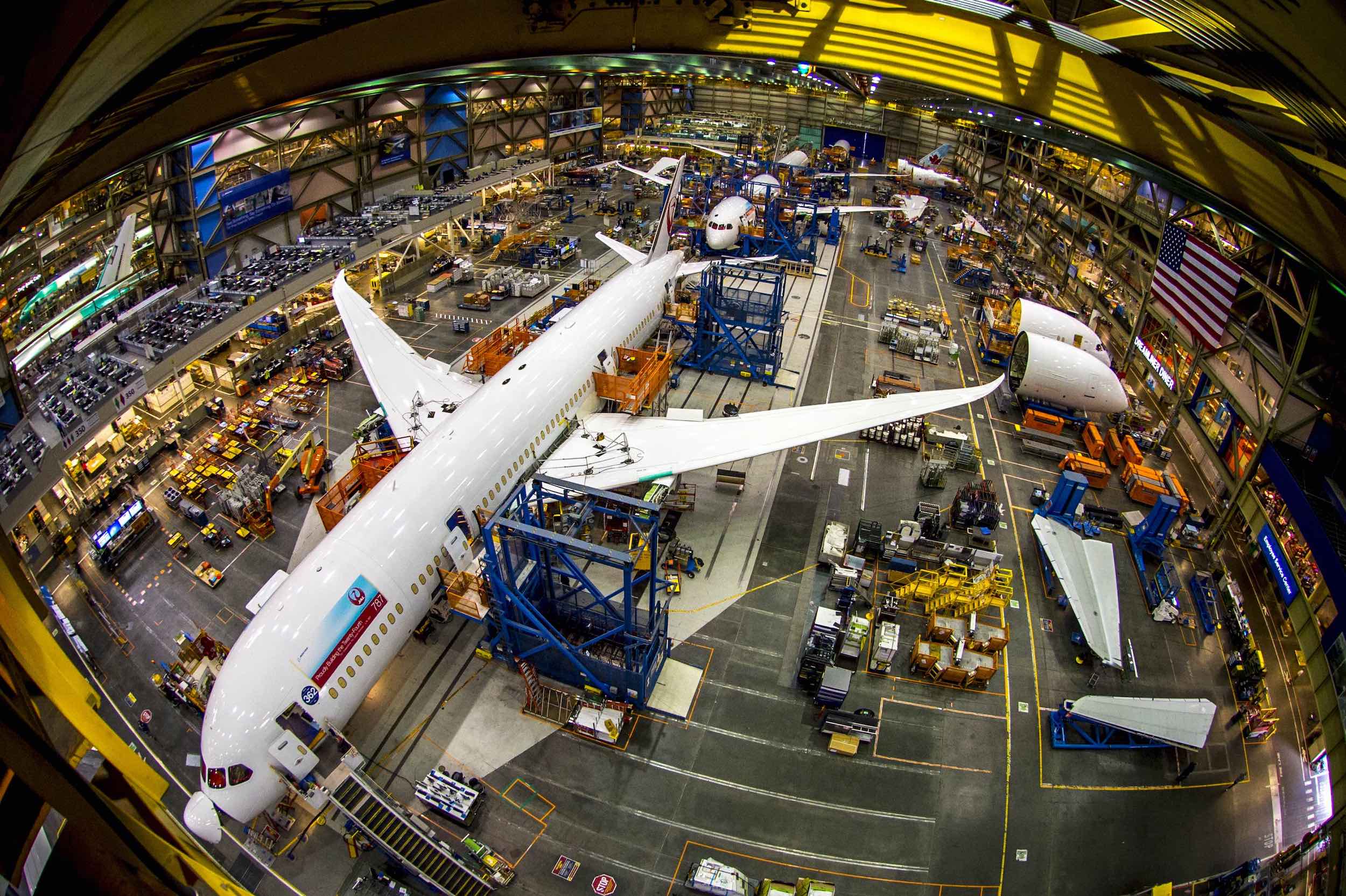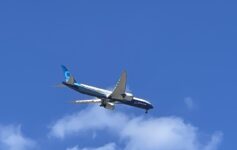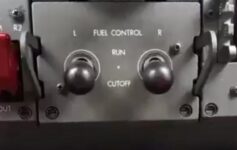
The US Federal Aviation Administration will publish a new airworthiness directive, highlighting potential cargo compartment problems on the Boeing 787 and ordering the inspection of over 200 aircraft.
New Airworthiness Directive Impacts Boeing 787
Per Cirium, 222 787 aircraft will be impacted by the directive, which will be published tomorrow, February 19, 2021. This directive comes after “reports of multiple incidents” and will direct “repetitive inspections of the forward and aft cargo areas of 787s for disengaged or torn decompression panels, which should be reinstalled or replaced if necessary.”
Why do these decompression panels matter? The directive notes, “In the event of a cargo fire, significant leakage in the bilge area could result in insufficient Halon [fire extinguisher gas] concentrations to adequately control the fire.”
While the airworthiness directive is new, the problem is not. Boeing first identified this issue in 2016, issuing a service bulletin urging inspection.
…and background on the problem from 2016–dislodged panels–that uncovered the new problem.https://t.co/D1m2wb4xl2pic.twitter.com/LloRFv0fUx
— Sean Broderick (@AvMROSean) February 17, 2021
This is hardly the first directive for Boeing’s 787 program. Last autumn, the FAA issued another airworthiness directive impacting 900 of the 1,000 Dreamliners delivered over the last decade. That centered on design concerns with horizontal stabilizers and auto-pilot systems.
> Read More:More Flaws Discovered In Boeing 787 Production Process
CONCLUSION
The airworthiness directive notes that Boeing is developing a “modification” to fix this issue. However, if this issue was known since 2016, it isn’t clear what is taking so long…




It seems that Boeing can’t put a plane in the sky without major problems:
737MAX – Crashes.
787 – First batteries and now this.
777X – Catastrophic decompression problems during tests and engine problems.
Maybe this is just a string of bad luck but Boeing just can’t seem to do things right since they moved the HQ to Chicago, largely in order to stop hearing complaints from engineers next door when the HQ was based in Seattle. That might be a coincidence but moving headquarters back to where engineers with a concern don’t have to book a flight in order to have concerns addressed might be advisable given recent history.
The problem seems to be with anything designed after the McDonnell-Douglas merger. I live in Seattle so it is easy to avoid all of Boeing’s problem children by flying Delta. Their only Boeing aircraft are 737NG, 757, and 767. Otherwise, it’s all Airbus: A220, A320 family, A330, A350. If I fly United I have to carefully look at the equipment code to make sure I avoid 737MAX or 787. Alaska is totally in bed with Boeing and they are ordering 737MAX like pizza at free beer night.